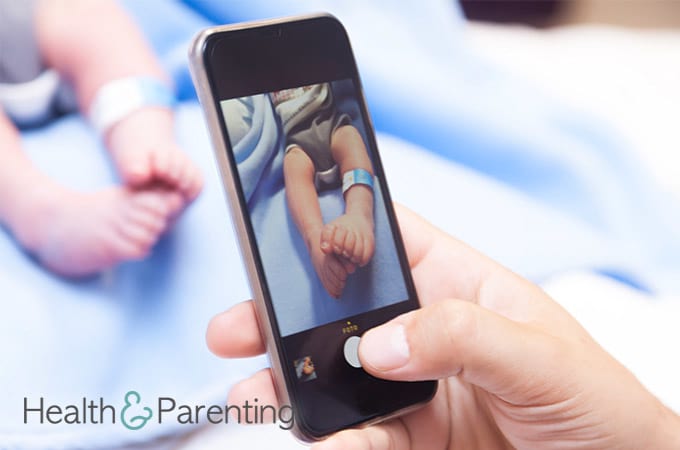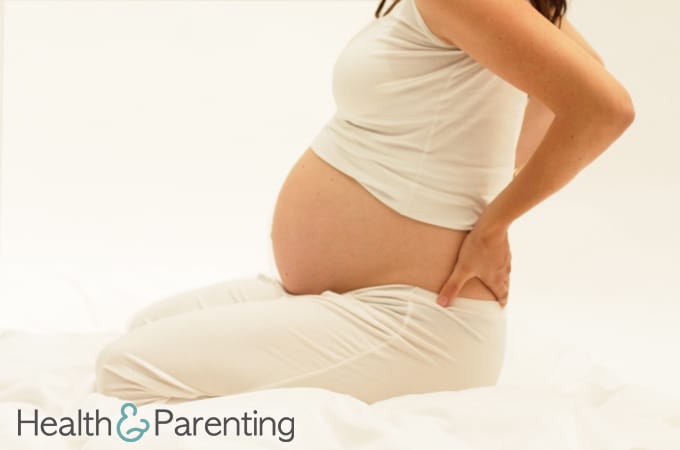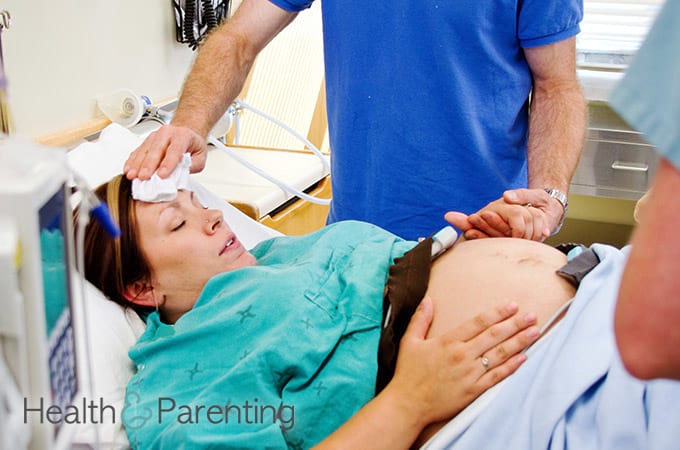The birth of a child is a very special and life-changing experience, and the moment you first meet your baby is one you will want to remember forever. If professional birth photography is out of your budget, but you would like the birth to be captured, you could ask your birth partner to take on the role of photographer. Or, if you’d rather keep your birth partner available to you, you could ask a close friend or family member to capture the vital moments on film. Whoever you choose, here are some tips to help them get the most out of DIY birth photography:
1. Use the best camera you can get your hands on – if you have or can borrow a top of the range camera, that’s great. If not, get hold of the best camera phone or digital camera you can.
2. Practice makes perfect – whatever camera you use, make sure you are well-acquainted with it before the birth. Make sure you understand what each and every button does, and how to find the right setting for your location. You don’t want to miss taking the all-important photograph because you were pressing the wrong button.
3. Have it set up before you need it – if you are using a fancy camera, make sure it is set up in advance. It may take you a while, fiddling with the ISO and other settings, before you can get pictures you’re happy with. Do this in advance, so that when the moment comes, you’re ready. If there is a lot of natural light in the birthing room, you may need to adjust your camera setting as the day progresses. The right setting at noon, will be very different to the setting needed at midnight.
4. Ask for the ground rules – your job is to capture the birth, not to risk upsetting the labouring woman by zooming in on the crowning shot. Ask the couple what they would like you to capture. Do they want photographs of the labour itself, the moment of childbirth, or just the first cuddles with their baby? Does she want it to be a strictly above-the-bump affair, or is she happy for you to capture the entire scene?
5. Adapt, and fast – no matter what ground rules you had, people are free to change their mind. If the capture-everything woman is now screaming at you to go away, then you should. But hang around, she might change her mind when the baby arrives, and she wants some special photographs.
6. Don’t get in the way – there will be healthcare providers with jobs to do, so make sure you’re not in the way. Most hospitals will be happy for you to be there, until you start getting under their feet, and then they’ll quickly tell you to leave. Stay out of the way, and try to shoot as a fly on the wall.
7. Photograph the details – it’s not just the photos of the first family cuddle, it’s also the little memories that are great to look back on. The tiny hospital band wrapped around the ankle of a newborn, the mother-to-be receiving a much-needed back massage from her birth partner, and a few establishing shots of the room itself, with the door number visible.
8. Save them immediately – take your laptop with you, so you can upload the photos straight away. It’s not worth risking a lost laptop case or corrupt memory card, just do it while you’re at the hospital to be safe. This has the added benefit of giving you a laptop to keep yourself occupied if you have a long wait at the hospital.
Who will be taking the first photos of you with your newborn baby?
You can also use our Baby+ App for iPhone / iPad or Android to capture your baby’s milestones and unforgettable moments, or use the App to create a time-lapse video by taking a picture of your baby every day. The App will then automatically produce a beautiful video. Click Baby+ iOS or Baby+ Android to install the App, and prepare for the arrival of your little one(s).
Written by Fiona, proud owner of a toddler, @fiona_peacock
This information is not intended to replace the advice of a trained medical doctor. Health & Parenting Ltd disclaims any liability for the decisions you make based on this information, which is provided to you on a general information basis only and not as a substitute for personalized medical advice. All contents copyright © Health & Parenting Ltd 2018. All rights reserved.


















